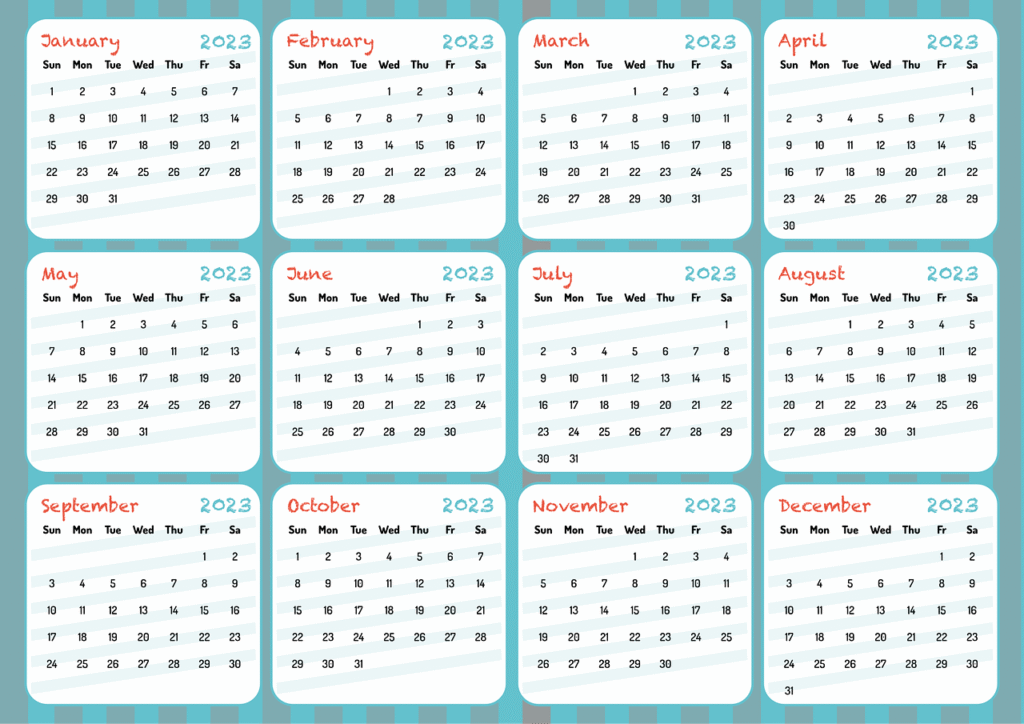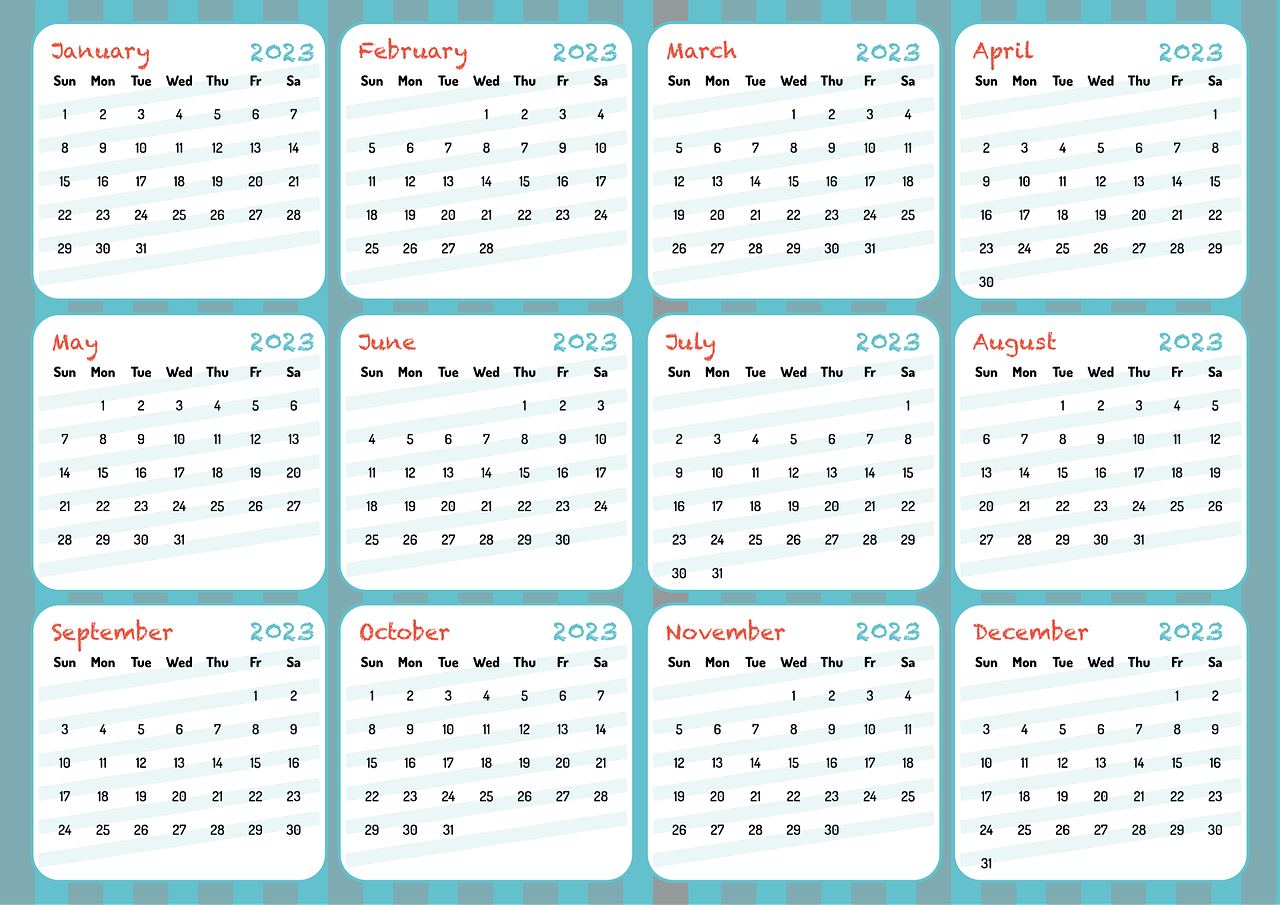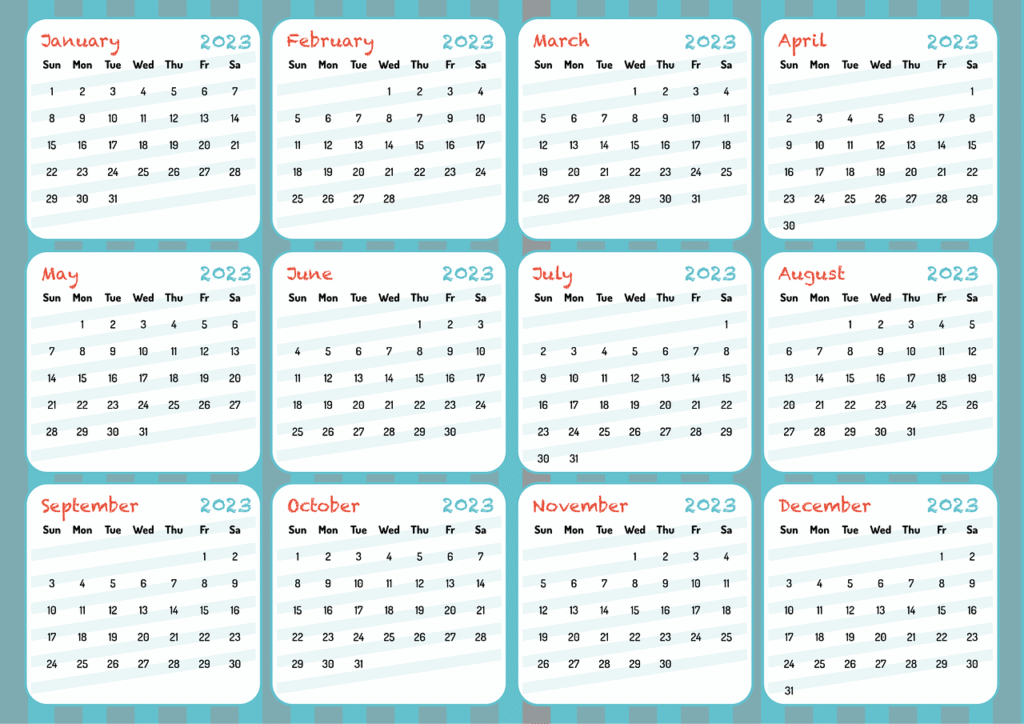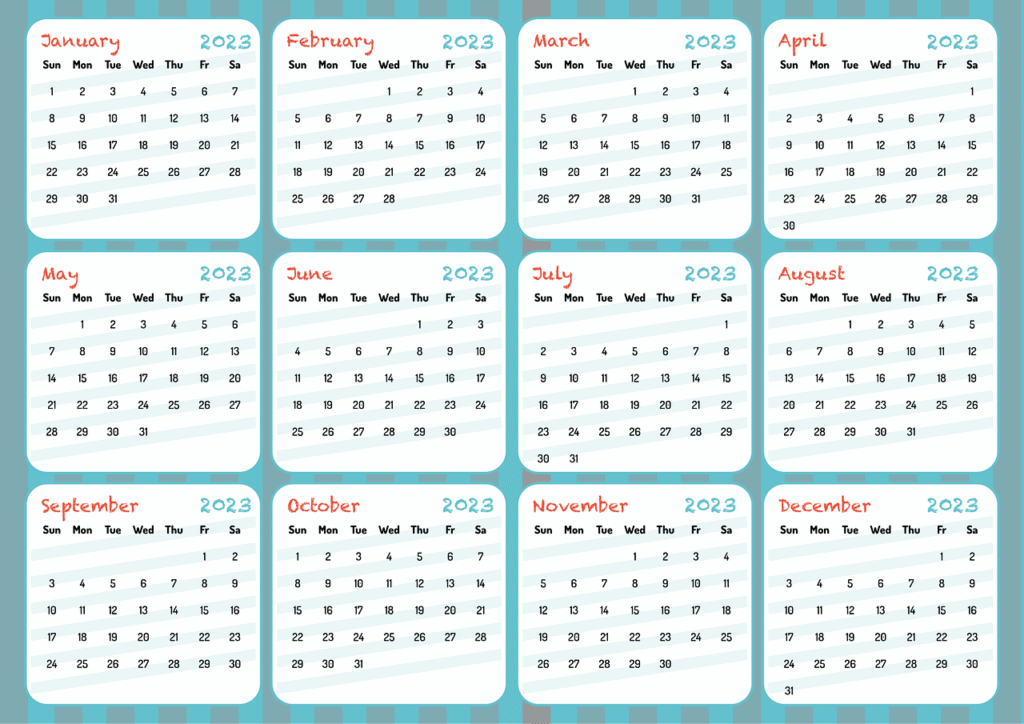Have you ever wondered how to ensure your retirement savings last throughout your golden years, even as inflation chips away at the value of money? Understanding how to protect your nest egg from economic fluctuations can be a daunting task. One strategy that often comes up in financial planning discussions is the 4% rule. But what exactly is the 4% rule for retirement inflation, and how can it help safeguard your savings from a market crash?
Understanding the 4% Rule
The 4% rule is a fundamental principle used by retirees and financial planners to determine how much you can withdraw annually from your retirement savings without running out of money. Stemming from a study in the 1990s by financial planner William Bengen, the rule suggests that if you withdraw 4% of your savings in the first year of retirement and adjust for inflation each subsequent year, your money should last for at least 30 years.
Origin of the 4% Rule
The origin of this rule lies in the historical analysis of stock and bond market returns. Bengen’s study examined various withdrawal rates and portfolio compositions across several decades to establish a safe withdrawal rate. He found that a portfolio comprising 50% stocks and 50% bonds could sustain a 4% withdrawal rate with a high probability of success, even during market downturns.
How the Rule Works
In its simplest form, if you have a $1 million retirement portfolio, you would withdraw $40,000 in your first year. Each following year, you adjust that amount by the inflation rate to maintain your purchasing power. For instance, if the inflation rate is 2%, your withdrawal in the second year would be $40,800.
The Impact of Inflation on Retirement
Inflation plays a critical role in retirement planning as it erodes the purchasing power of your savings. This means that while you might maintain a consistent withdrawal rate, the actual goods and services you can buy with that money could decrease over time.
The Effect of Inflation on Savings
Consider how a consistent rate of inflation impacts your savings. If inflation averages 2% annually, what costs $100 today will cost approximately $122 in ten years. Without accounting for inflation, your fixed withdrawals would lose significant purchasing power over time.
Adjusting for Inflation
Adjusting withdrawals for inflation ensures that you maintain your lifestyle. By upping your withdrawal amount to match inflation, you aim to keep your spending power consistent, although this can place additional demands on your savings, particularly if investment returns are underperforming.

This image is property of pixabay.com.
Safeguarding Against Economic Downturns
Economic downturns are a reality that can severely affect your retirement savings. Implementing strategies to protect against market volatility is crucial.
Diversification of Assets
One effective method to protect your portfolio is diversification. By spreading your investments across various asset classes—such as stocks, bonds, and real estate—you reduce the risk of significant losses if one area underperforms.
Building a Cash Reserve
Having a cash reserve can buffer against needing to sell investments during a market dip. Maintaining a portion of your savings in easily accessible cash or cash-equivalent assets allows you to cover living expenses without dipping into investments at a loss.
Flexible Spending Strategies
Being flexible with your spending is another way to navigate financial turbulence. You might consider temporarily reducing your withdrawal amount during market lows to preserve capital. This means having a dynamic withdrawal rate that can adapt based on market conditions.
The Pros and Cons of the 4% Rule
While widely regarded as a reliable rule of thumb, the 4% rule isn’t without its criticisms. Understanding its advantages and limitations will help you decide if it’s the right strategy for you.
Advantages
- Simplicity: The 4% rule provides a straightforward guideline for retirees, removing some of the guesswork involved in managing withdrawals.
- Historical Reliability: Based on historical data, the 4% rule offers a strong probability of not depleting your savings within a 30-year retirement period.
- Predictability: By using this rule, you can predict your annual withdrawals and plan your expenses accordingly.
Limitations
- Economic Assumptions: The rule is based on past market performance, which may not predict future conditions, especially in today’s economic climate.
- Inflation Variances: The rule’s success heavily depends on steady and predictable inflation rates; unexpected inflation spikes could pose a threat to its reliability.
- Withdrawal Inflexibility: Sticking rigidly to the rule may not accommodate significant life changes or unexpected expenses that require more significant withdrawals.

This image is property of pixabay.com.
Alternative Strategies to the 4% Rule
If you’re unsure whether the 4% rule suits your needs, exploring alternative strategies may better align with your risk tolerance and financial goals.
Dynamic Withdrawal Strategies
Dynamic strategies adjust withdrawals based on your portfolio’s performance. For instance, in years where your investments are doing well, you might withdraw more, while taking less during lean years. This method aligns your withdrawals more closely with real-time market conditions.
Bucket Strategy
The bucket strategy divides your retirement savings into different “buckets” based on short, medium, and long-term time horizons. Each bucket is invested differently, allowing you to manage withdrawals based on your immediate and future needs while providing a structured plan to replenish your income.
Annuities
Annuities can provide a guaranteed income stream, allowing for a portion of your retirement savings to be converted into regular payments for life. While not without their complexities and fees, annuities can offer peace of mind by ensuring a steady cash flow.
Implementing the 4% Rule in Your Retirement Plan
If you decide that the 4% rule aligns with your retirement goals, careful planning and periodic review are essential for it to function effectively throughout your retirement.
Setting Up Your Portfolio
A balanced portfolio underpins the 4% rule. Typically this means a mix of stocks and bonds, but your asset allocation may vary depending on your risk tolerance and financial situation. Ensuring your portfolio is diverse can improve the rule’s effectiveness and offer greater stability.
Regular Monitoring and Adjusting
Retirement planning is not set-it-and-forget-it. Regularly monitoring your portfolio’s performance and adjusting your withdrawals based on changes in your personal circumstances or the economic environment is a crucial practice.
Consulting with Professionals
Engaging with a financial advisor can provide personalized insights into whether the 4% rule fits your particular situation and assist in customizing a strategy adapted to your needs. Professional advice can be invaluable, especially in adjusting strategies as market conditions and personal circumstances evolve.

This image is property of pixabay.com.
Conclusion
Ensuring that your retirement savings last through fluctuating markets and inflation is a concern many retirees face, and the 4% rule offers a tried-and-true methodology for granting peace of mind. While the rule provides a simplistic guide, balance, flexibility, and awareness of economic shifts are equally crucial. Whether you employ the 4% rule, adjust its fundamentals, or pursue alternative strategies, keeping a finger on the pulse of your finances and adapting as necessary will serve you well. Your retirement should be a time of enjoyment, free from financial worry, and careful planning can make that a reality.










































































